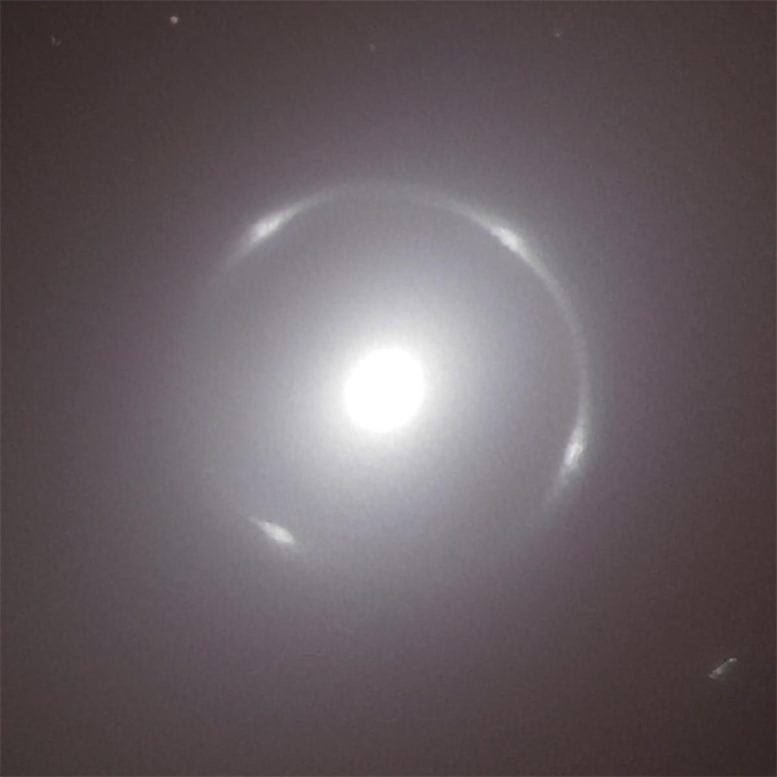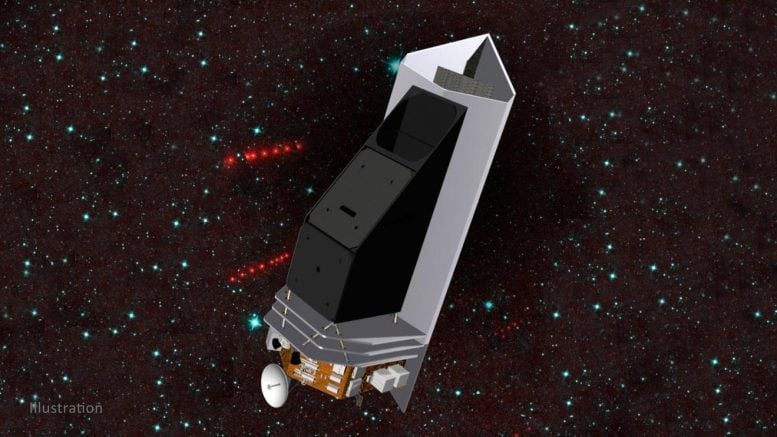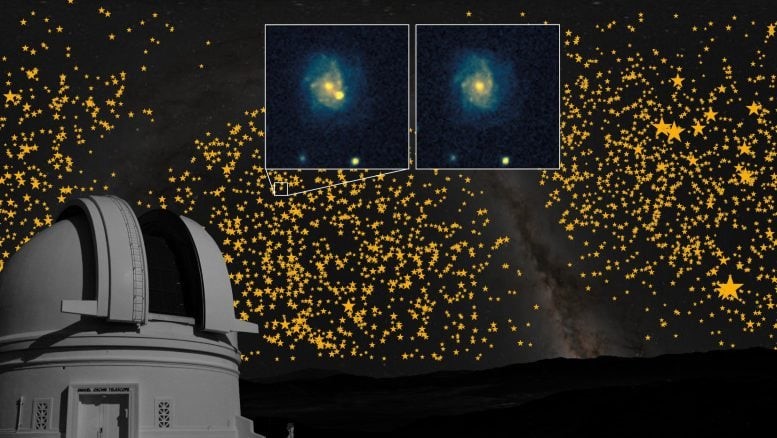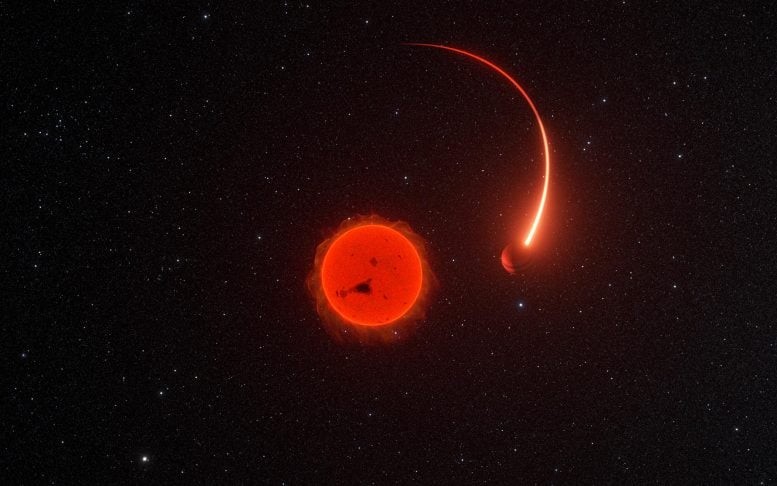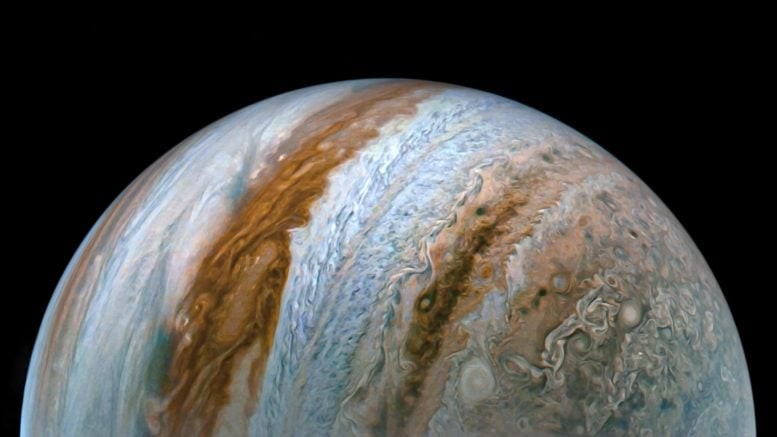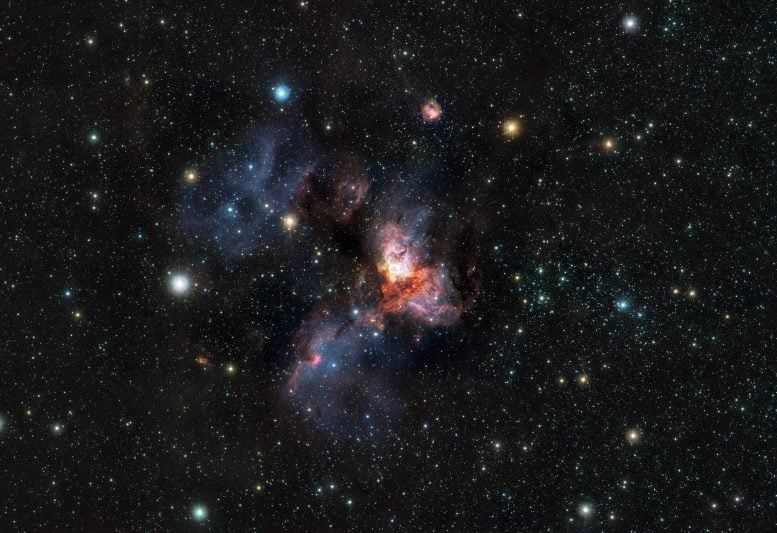NASA’s Perseverance Rover Crushed a Martian Rock, Revealing Hidden Clues Beneath Its Surface
Perseverance is advancing Martian science by utilizing its SHERLOC instrument to detect organic compounds, though the planet's harsh conditions pose significant challenges.
To tackle this, the team conducted a groundbreaking experiment by compressing freshly drilled rock tailings to create a smooth surface for better analysis. This innovative approach proved successful, providing valuable spectral data from a mineral with potential astrobiological significance.
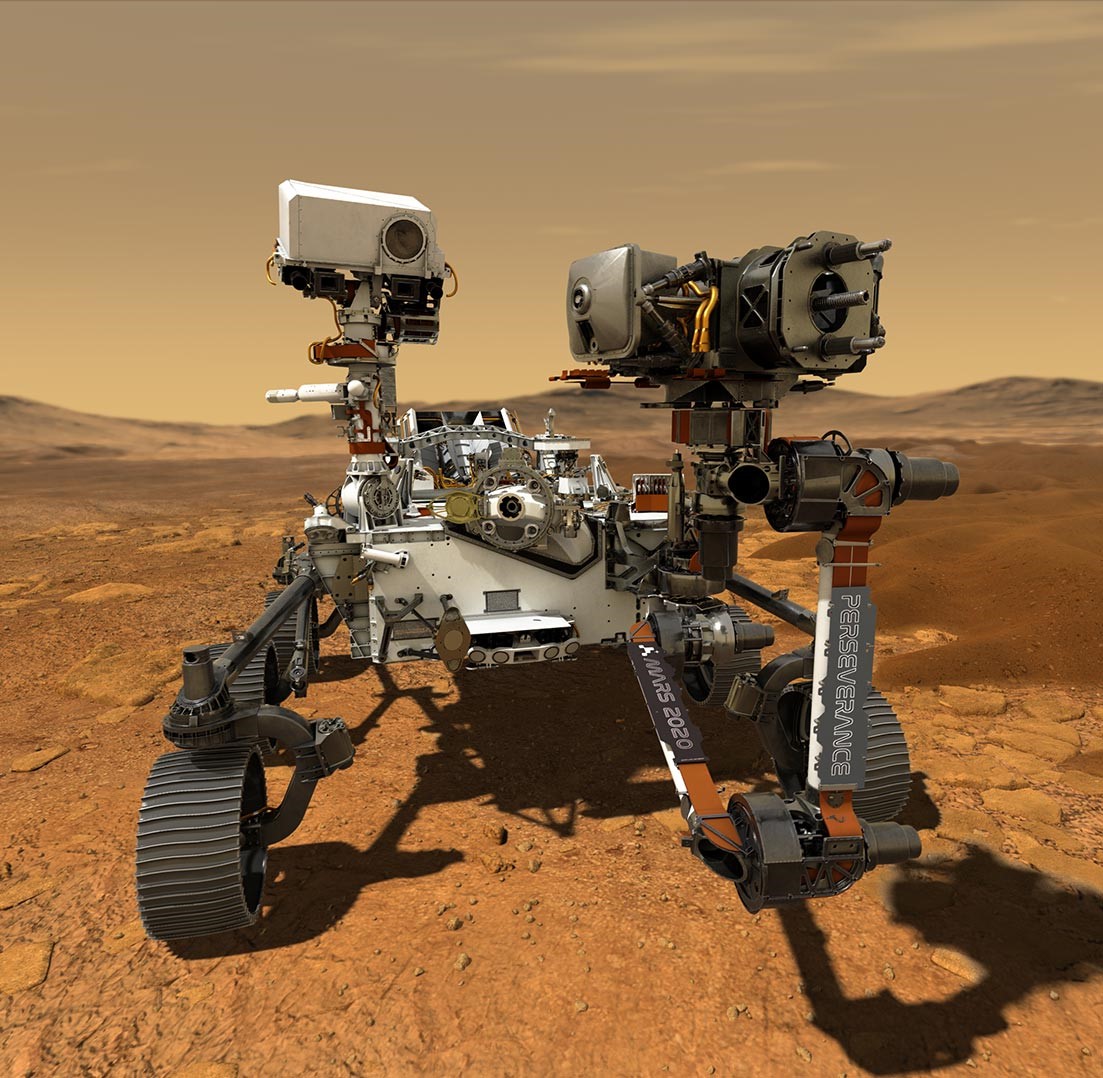
Figure 1. NASA’s Perseverance Rover.
Pioneering Scientific Breakthroughs on Mars
The Perseverance team constantly seeks innovative ways to maximize the rover's capabilities on Mars. One such tool is SHERLOC, an instrument mounted on the rover’s arm designed to detect organic compounds, playing a crucial role in the search for signs of ancient microbial life. Figure 1. NASA’s Perseverance Rover.
Detecting these organics, however, presents a significant challenge. Most rocks Perseverance encounters have surfaces that have been exposed to intense ultraviolet radiation from the Sun and the oxidizing Martian atmosphere. Over time, these harsh conditions degrade organic molecules, making detection more difficult. This is why scientists prioritize analyzing freshly exposed rock surfaces when utilizing SHERLOC.
SHERLOC (Scanning Habitable Environments with Raman & Luminescence for Organics & Chemicals) is an advanced instrument equipped with cameras, spectrometers, and a laser, designed to detect organic molecules and minerals that may have interacted with water — potential indicators of ancient microbial life [1]. It also features a black-and-white context camera for broader imaging and works in tandem with WATSON (Wide Angle Topographic Sensor for Operations and eNgineering), a color camera specifically designed to capture detailed close-ups of rock grains and surface textures.
A Revolutionary Approach: Compressing Rocks for Analysis
Last week, Perseverance successfully drilled a core sample from a serpentine-rich rock fittingly named “Green Gardens,” leaving behind a fresh pile of drill tailings. To prepare this material for analysis with the SHERLOC instrument, which requires a smooth surface for accurate measurements, the science team attempted something unprecedented on Mars — they smooshed it!
Using the contact sensor in the rover's sampling system — typically used to detect when the drill touches a rock during coring — Perseverance pressed down on the tailings pile, compacting it into a flat, stable surface. This innovative technique provided an ideal target area for SHERLOC to conduct its investigation.
A Remarkable Breakthrough and Exciting Prospects Ahead
This unconventional approach proved to be a resounding success! The SHERLOC instrument successfully captured spectral data from the freshly compacted tailings, which contained serpentine — a mineral of significant astrobiological interest [2]. This creative solution highlights how innovative, out-of-the-box (or rather, out-of-this-world!) thinking can enhance scientific discoveries on Mars.
With this achievement, Perseverance is now heading west toward the core of “Witch Hazel Hill,” where more ancient rocks — and potentially new surprises — await exploration.
Reference:
- https://scitechdaily.com/nasas-perseverance-rover-just-smooshed-a-rock-on-mars-and-uncovered-hidden-clues/
- https://edition.cnn.com/2024/07/26/science/nasa-perseverance-rover-cheyava-falls-rock/index.html
Cite this article:
Keerthana S (2025),NASA’s Perseverance Rover Crushed a Martian Rock, Revealing Hidden Clues Beneath Its Surface , AnaTechMaz,pp.240




